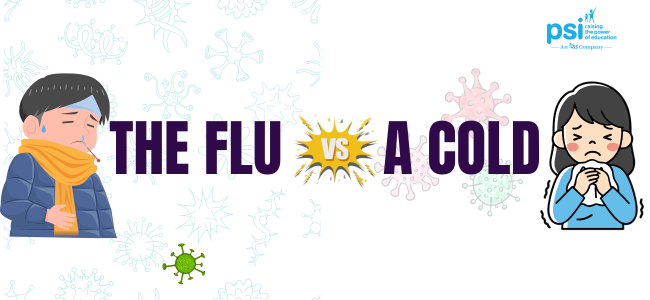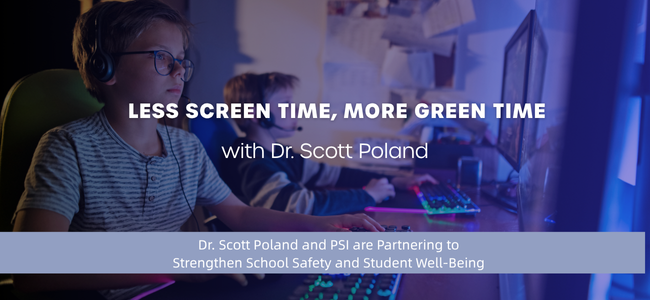“PSI is a great partner that provides high quality services in cost effective ways. The leadership is progressive with ensuring compliance with current obligations and taking the burden of monitoring these changes off the district leadership. psi has helped the district manage fiscal responsibilities with creative staffing assignments and salary benefits management. psi’s network of supports offers unique services and ensures the overall success of our students!”





















